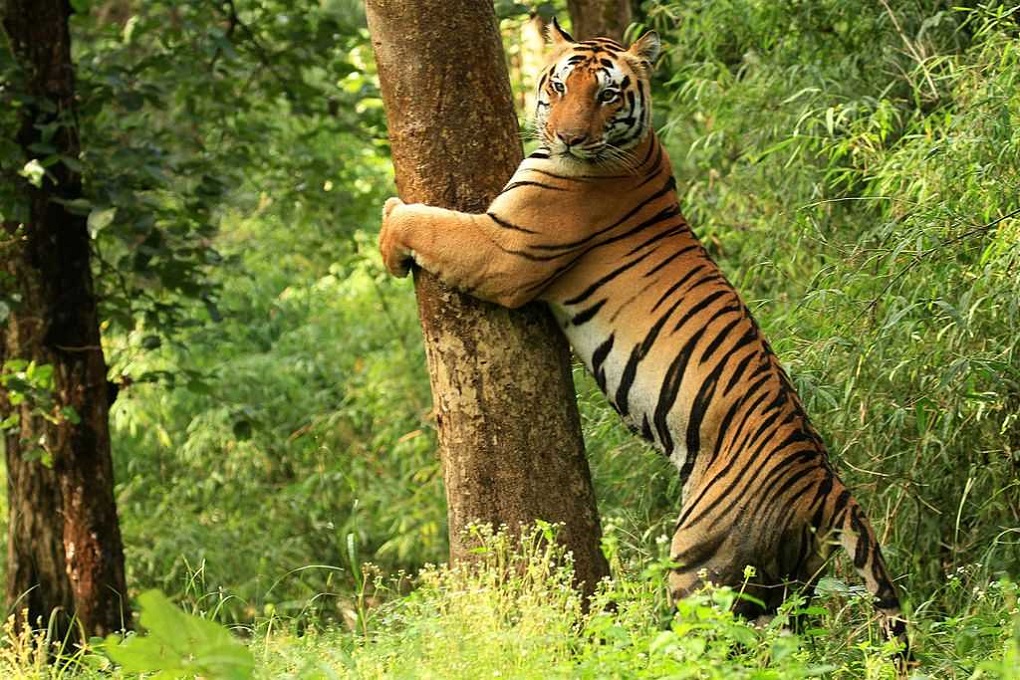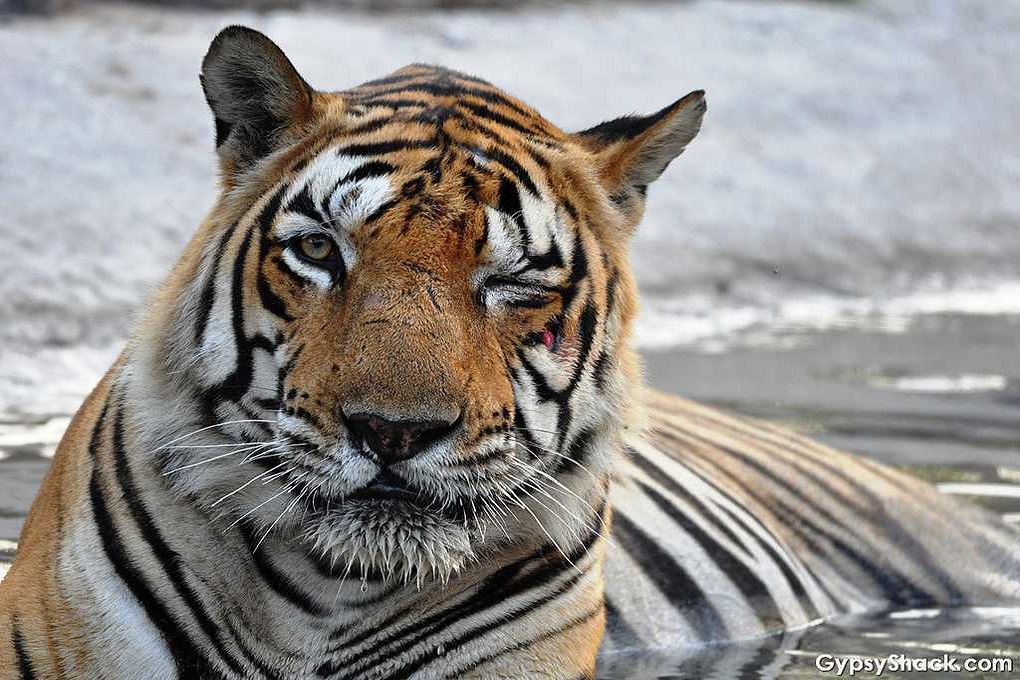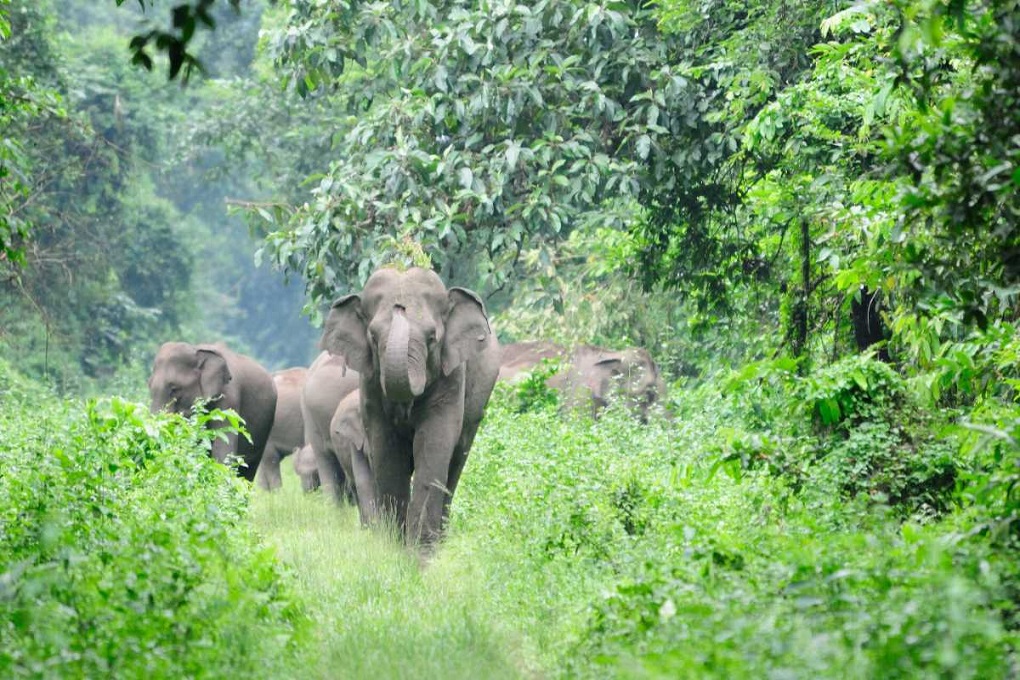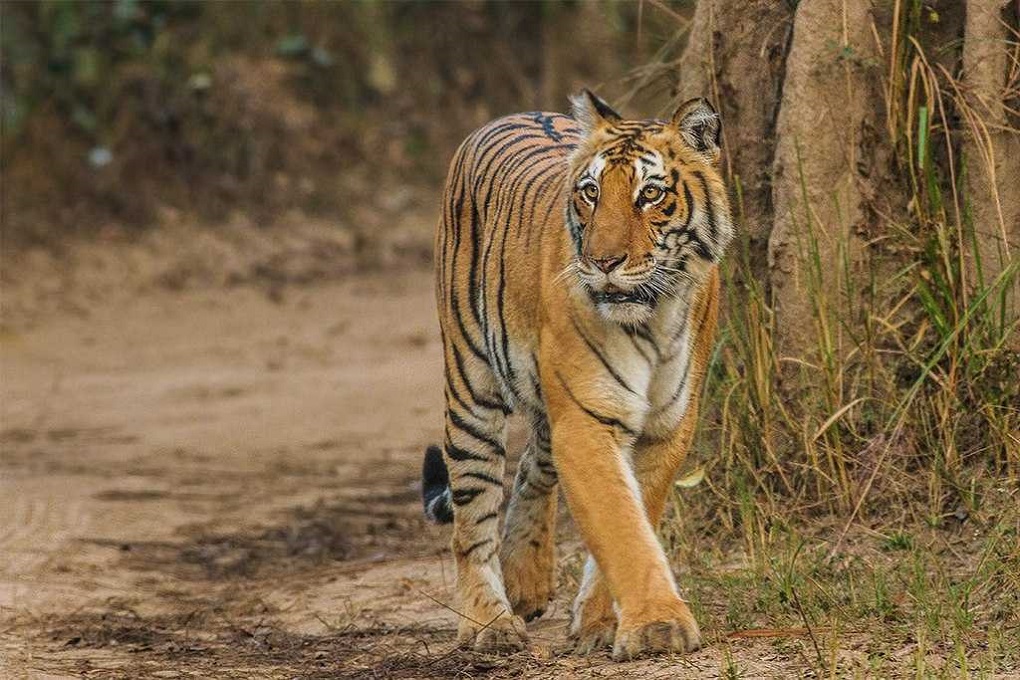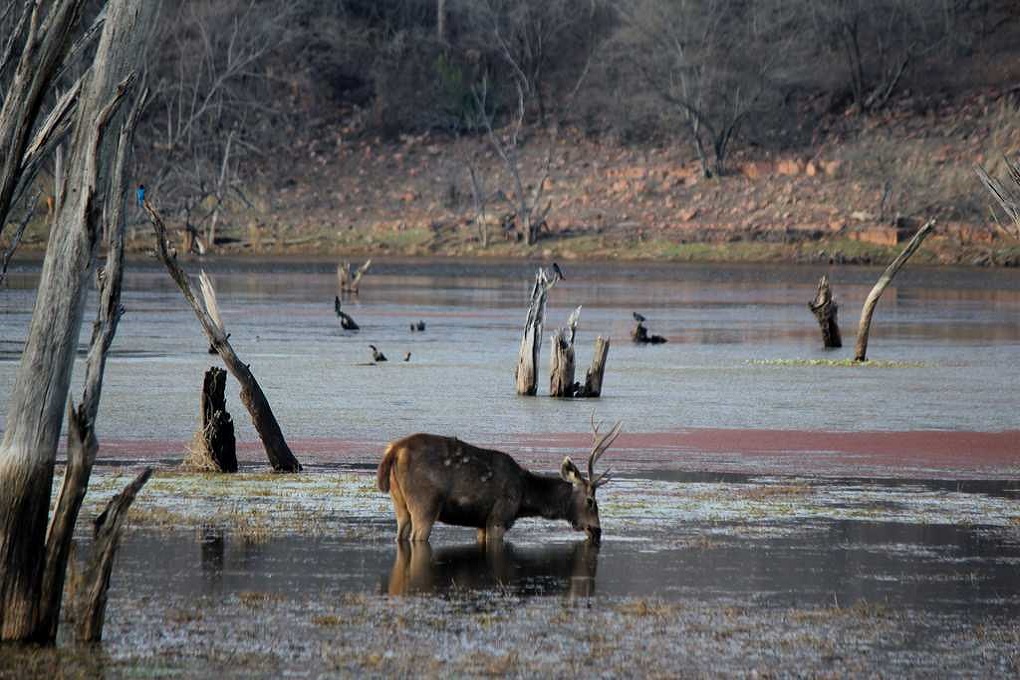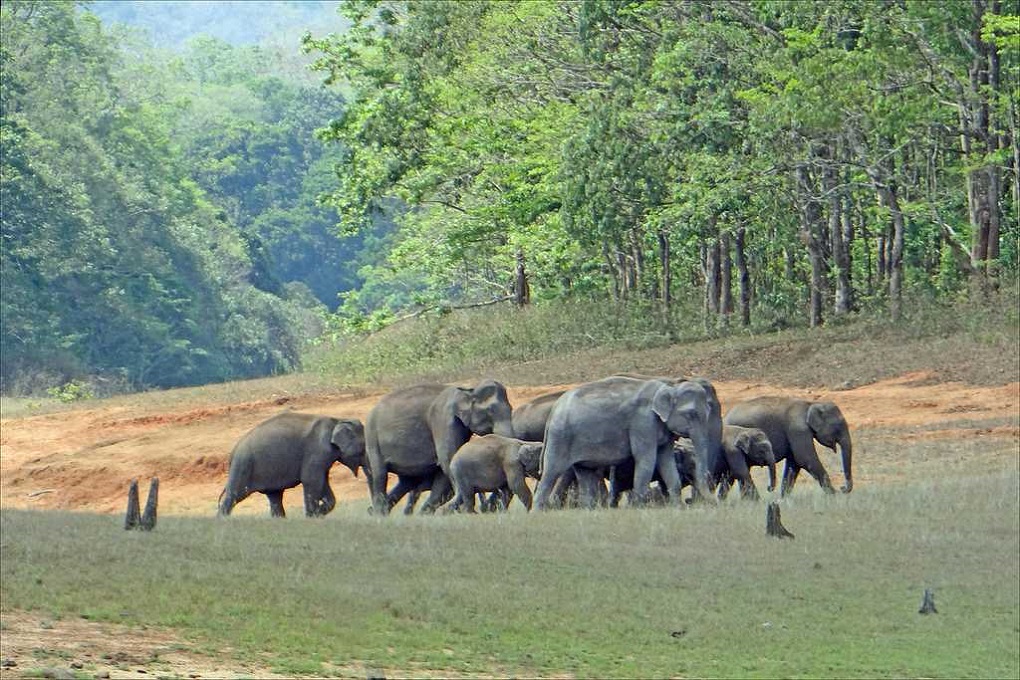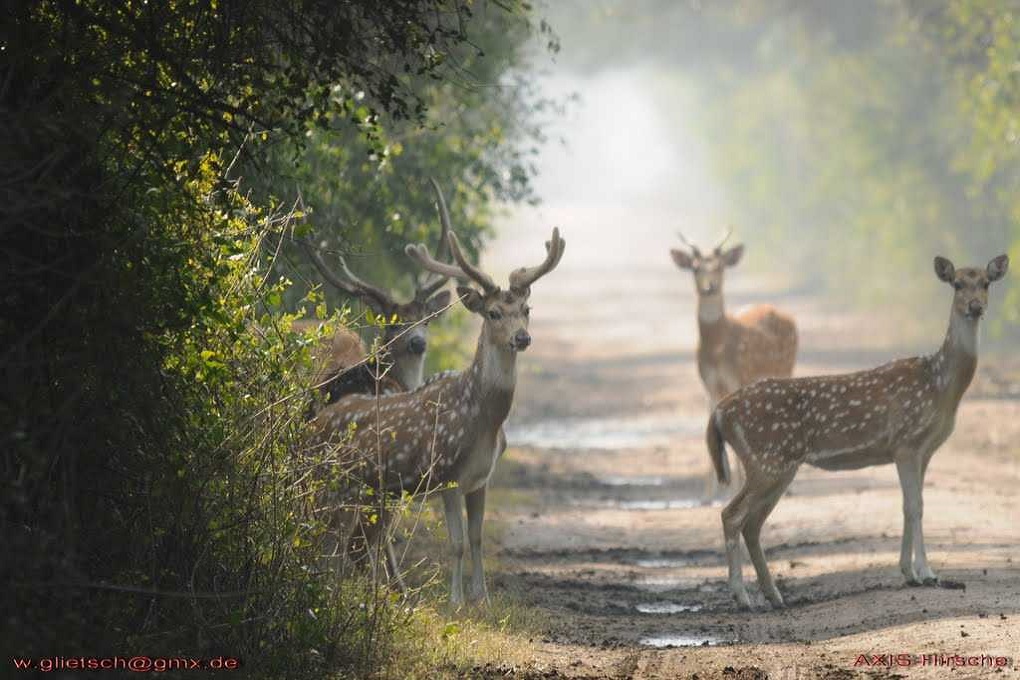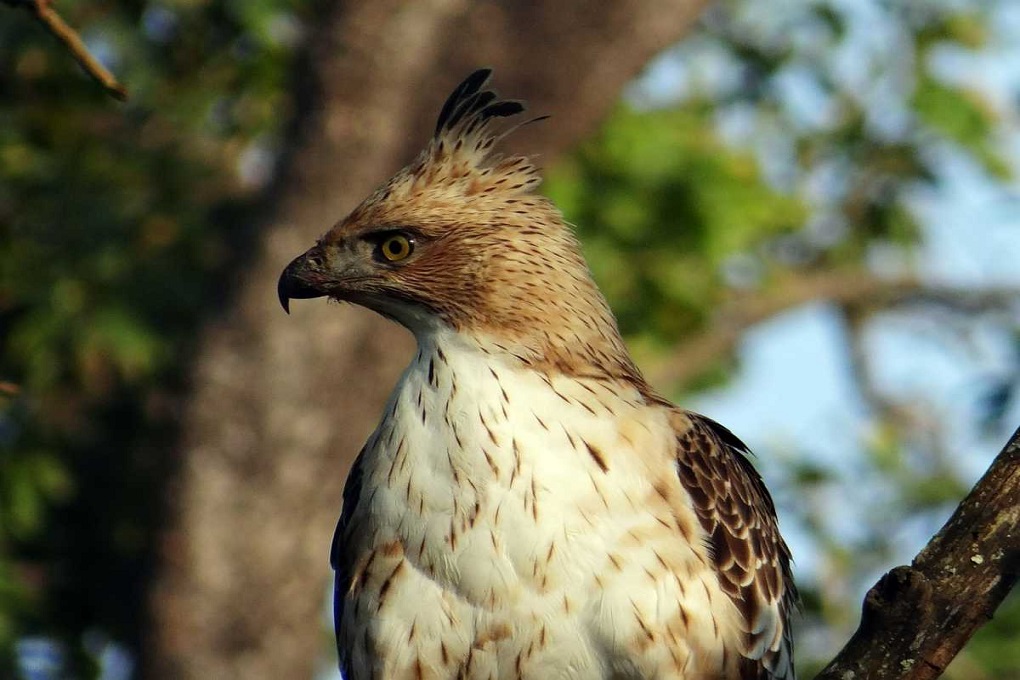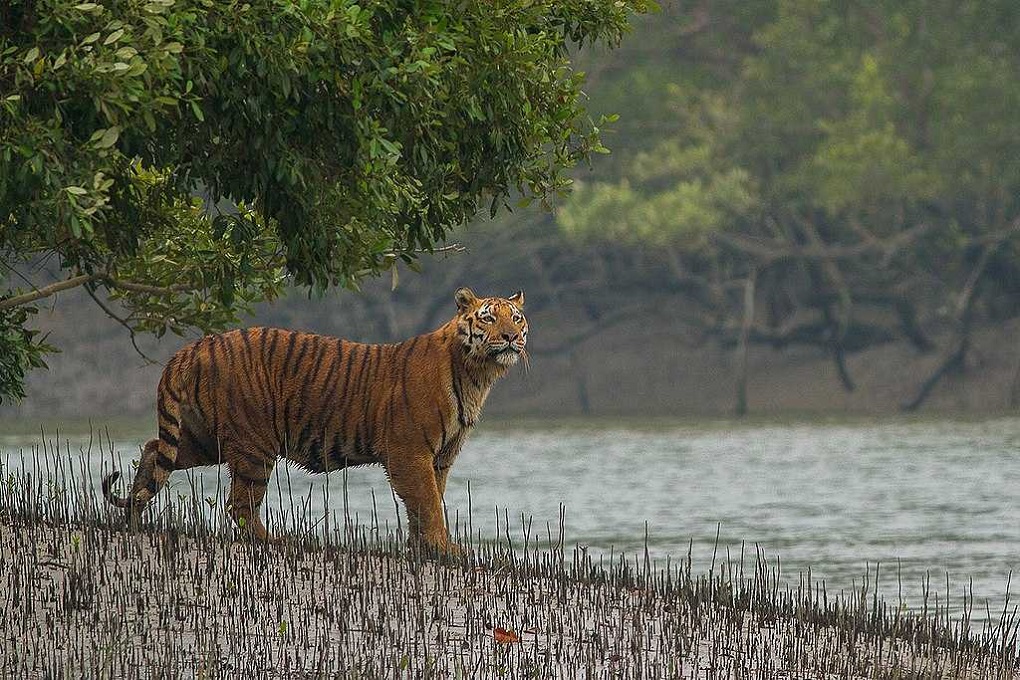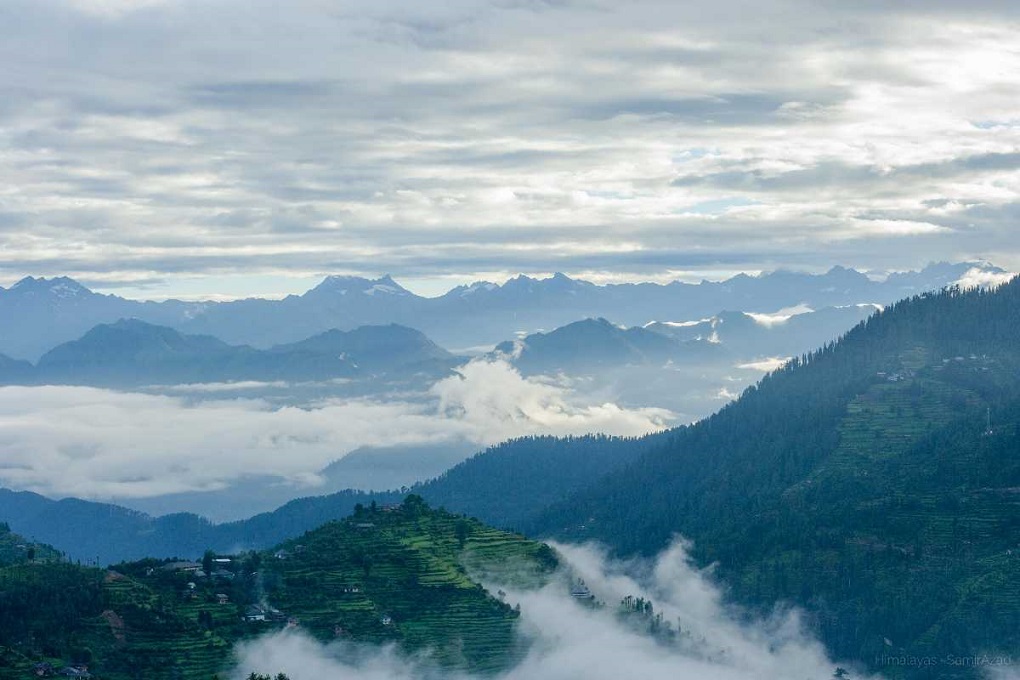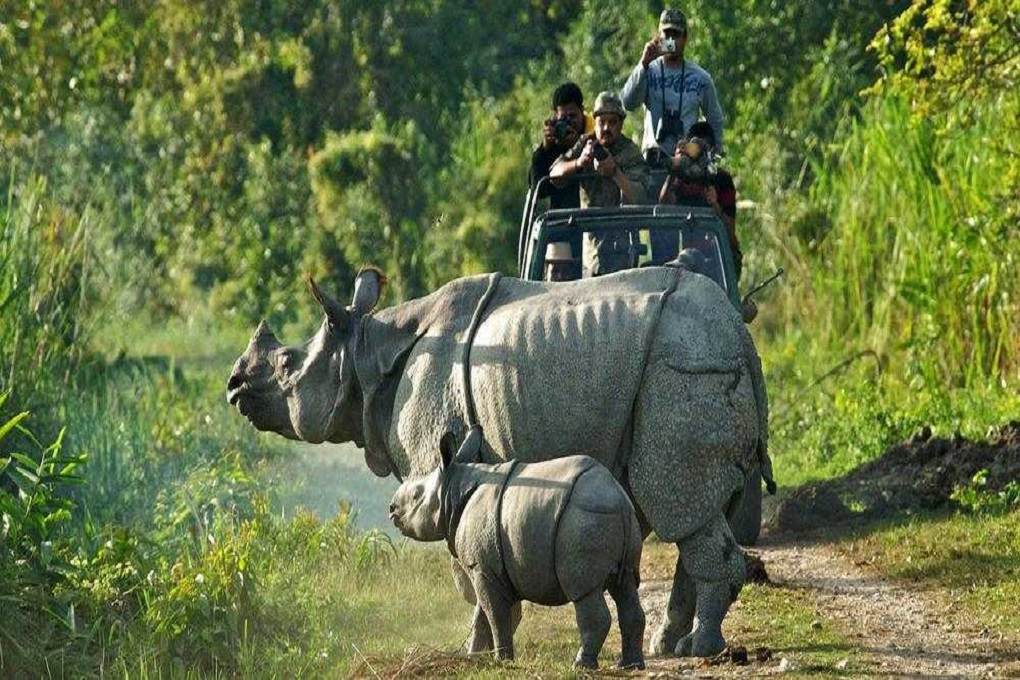National Parks in India
The List of National Parks in India is as diverse as the terrain and traditions of India. With a count of 103 diverse National parks in India, India has the third highest number of national parks in Asia, after China and Thailand. There is immense variation in the national parks and wildlife sanctuaries in India including Tiger Reserves, Desert Sanctuary, Bird Sanctuary, Marine Parks and even a Floating National park! For most of the national parks, the best time to visit is from October to March because Monsoon adversely affects accessibility and the summers can be very scorching in the wild. Let's take a look at the top national parks in India worthy of your attention.
Select your Dream Destination.
Located in a central region of Madhya Pradesh, Kanha National Park is the largest National Park in central India and has been ranked as one of the best parks in Asia. Among the 22 species of large mammals, the royal Bengal tigers are one of the major attractions. One of the best tiger reserves in India, the present-day area stretches over the 940-kilometre square which is divided into two sanctuaries: Hallon and Banjar.
Formerly a hunting ground for the Maharajas of Rewa, the Bandhavgarh National Park is world-renowned as a tiger reserve and it is known to have the highest density of Bengal tigers in the world. The frequent sightings of royal tigers make this national park a must-visit for all wildlife enthusiasts. In 2012, around 44-49 tigers were living in the park. There are more than 22 species of mammals and 250 species of avifauna.
Home to the largest population of the one-horned rhino on earth, Kaziranga National Park is one of India’s national treasures in terms of flora and fauna. Located in the state of Assam in North-Eastern India, its total area is shared by the districts of Nagaon, Golaghat and Karbi Anglong placing it roughly at the centre of the state. Approximately around five hours by road from Guwahati, Kaziranga National Park stands tall as the epitome of successful wildlife conservation in India. In 1985, it was awarded the status of a World Heritage Site by UNESCO.
Jim Corbett National Park is the oldest national park set amidst the foothills of the Himalayas in the Nainital district of Uttarakhand. Known for housing the endangered Bengal tiger, Corbett National Park is part of the larger Corbett Tiger Reserve. Famous for its wildlife safaris, Jim Corbett National Park has multiple resorts set on the riverside. Home to more than 650 species of rare and migratory birds, it is a haven for bird watchers. The most popular attraction at Corbett National Park is Dhikala, a forest lodge located on the border of Patil Dun Valley, which is known for the stunning location and rich wildlife.Only 180 vehicles are allowed to enter the national park in a day.
Gir National Park and Wildlife Sanctuary is the only remaining home for the Asiatic Lions. Located in Talala Gir in Gujarat, the Sanctuary is a part of Kathiawar- Gir dry deciduous forests ecoregion. Gir National Park is closed from 16 June to 15 October every year and the best time for wildlife spotting is April and May.Gir provides you with the unique experience of visiting a place which almost singularly plays a crucial and defining role in the preservation and sustaining of a certain species. The preservation of these lions was initiated by the Nawab of Junagadh when these were just about to enter the phase of extinction due to hunting.
This is one of the best tiger reserves of the country, known to have "friendly" tigers and chances of sighting one here is reasonably better than many other tiger reserves of India. Along with this Ranthambore has one of the richest flora and fauna making it an absolutely must visit area Nestled in the foothills of Vindhya and Aravali Hills, Ranthambore is famous for its tiger reserves and the variety of flora and fauna found. The Ranthambore National Park, along with the Ranthambore Fort and the surrounding hills and valleys, altogether make Ranthambore a traveller's delight. The place is a boon for wildlife photographers and is perfect for excursions and sightseeing. Safari Rides add to the adventure along with hot Rajasthani picks for shopaholics. With an area of 392 kilometres square, Ranthambore National Park is a natural habitat for a variety of exotic species.
The Periyar National Park in Thekkady, Kerala, is one of the most bio-diverse regions in the world and the best-protected reserve area that one can lay eyes on in India. Famous for its gorgeousness, greenery and stillness, the park is the dwelling place of abundant significant species, including the royal tigers and majestic elephants apart from other reptiles, fishes and birds. This National Park is an amazing coming together of nature, adventure and beauty. A place which allows you the peace and serenity you so desire, an opportunity to be one with nature and just a normal sighting of a Tiger or two, Periyar National Park is full of beautiful sights and sounds.
Bharatpur is located in the Braj region of state Rajasthan, around 38 km from Mathura. Bharatpur is famous for the Keoladeo National Park, which habitats over 370 species of animals and birds. It is recognised as one of the most popular birds feeding and breeding grounds. In 1982 the park was marked as a National Park, and later in 1985, it came on the list of World Heritage Sites by UNESCO. This National Park, locally known as Ghana, has been a winter home for the Siberian Crane; a species on the verge of extinction (considered an endangered bird today).
Situated in Karnataka, Bandipur National Park was once the hunting grounds of the Maharaja of Mysore. It was later established as a reserve in 1974 under Project Tiger and these deciduous forests rich in wildlife have become a popular tourist attraction since then. It is 80 km from Mysore enroute Ooty in Tamil Nadu. Due to a lot of wildlife casualties because of speeding vehicles that go through the park, a ban on traffic between 9 PM to 6 AM has been established to ensure the safety of the animals of the park.
Known for hosting the biggest mangrove forests in the world, Sundarbans National Park is located in West Bengal, India. It is also a Tiger Reserve and a Biosphere reserve that provides a complete nature's circle to the tourist right from 'Royal Bengal tigers' to roaring rivers and beautiful estuaries. Sundarbans National Park is a part of Sundarban delta that is covered with Mangrove Forest and the largest population of the Bengal Tigers. It is a UNESCO world heritage site with a large variety of birds and reptiles including salt-water crocodile.
Great Himalayan National Park is one of India's national parks, which is located in Kullu region of Himachal Pradesh. Surrounded on all the three sides by the Himalayan Mountains, the park is home to diverse wildlife species. The Great Himalayan National Park received the status of a national park in 1999. At present, it is home to more than 375 species of fauna, 31 species of mammals and 181 species of birds. This beautiful location of the national park becomes all the more attractive due to the Deodar and Oak trees.
Manas National Park is a UNESCO Natural World Heritage site, a Project Tiger Reserve, an Elephant Reserve and a Biosphere Reserve in Assam. The only tiger reserve in Assam and also famous for the rare golden langur and the red panda, Manas is one of the best-kept national parks in India.Manas is recognized not only for its rich biodiversity but also for its spectacular scenery and natural landscape which includes a range of forested hills, alluvial grasslands and tropical evergreen forests.
